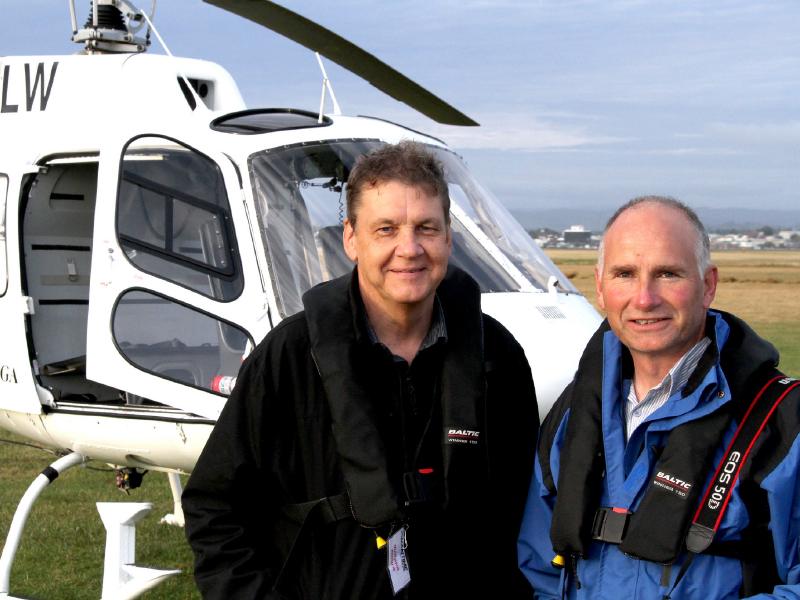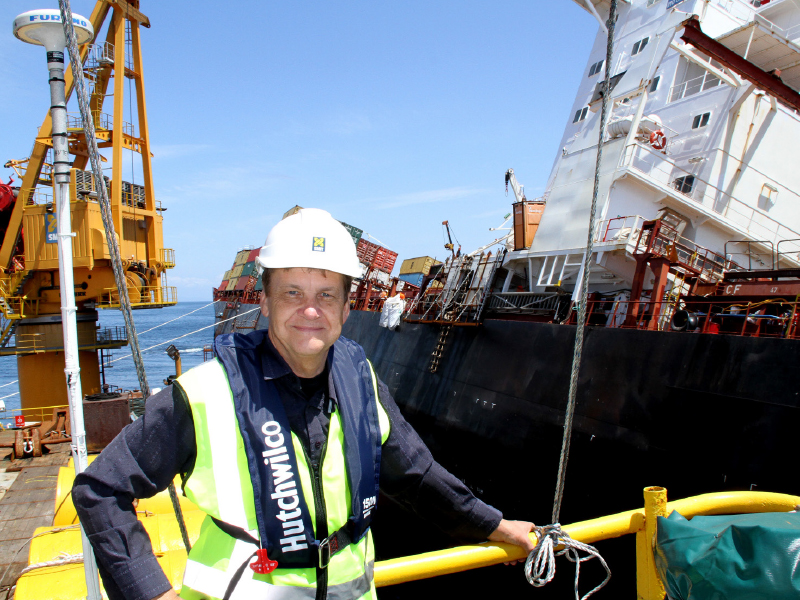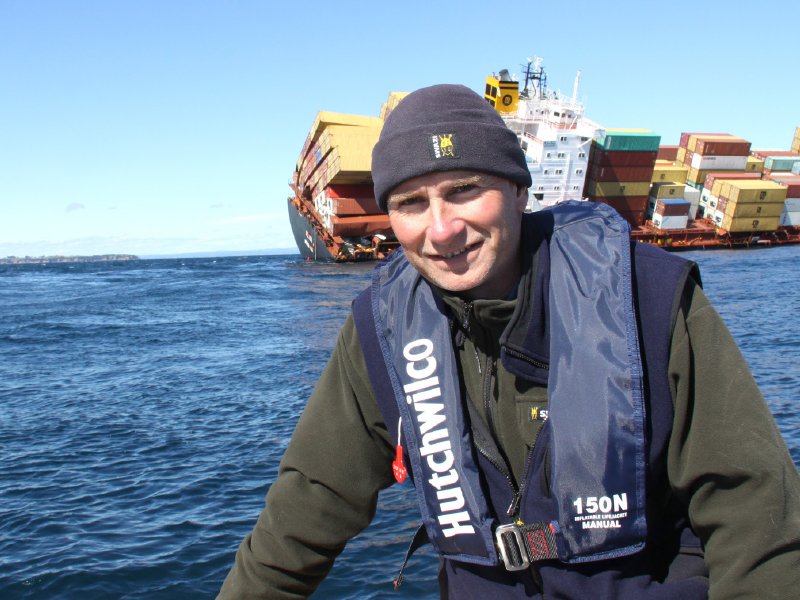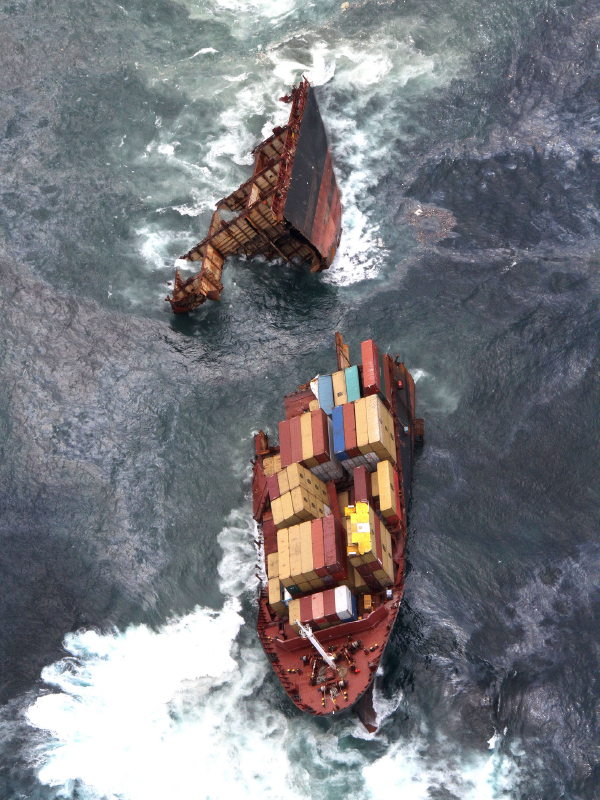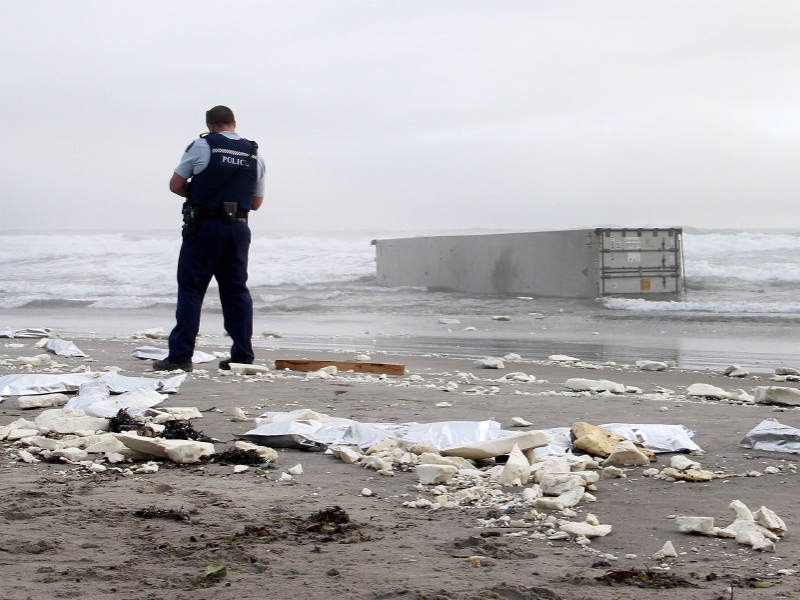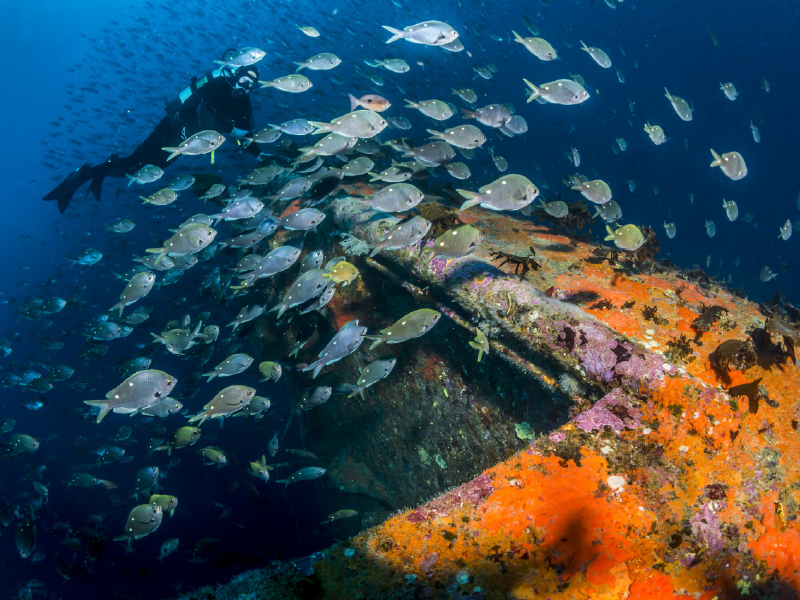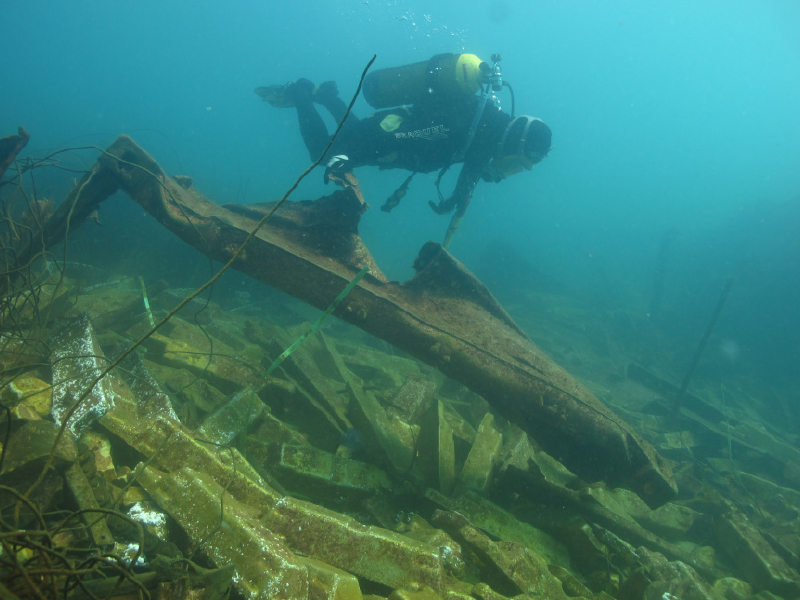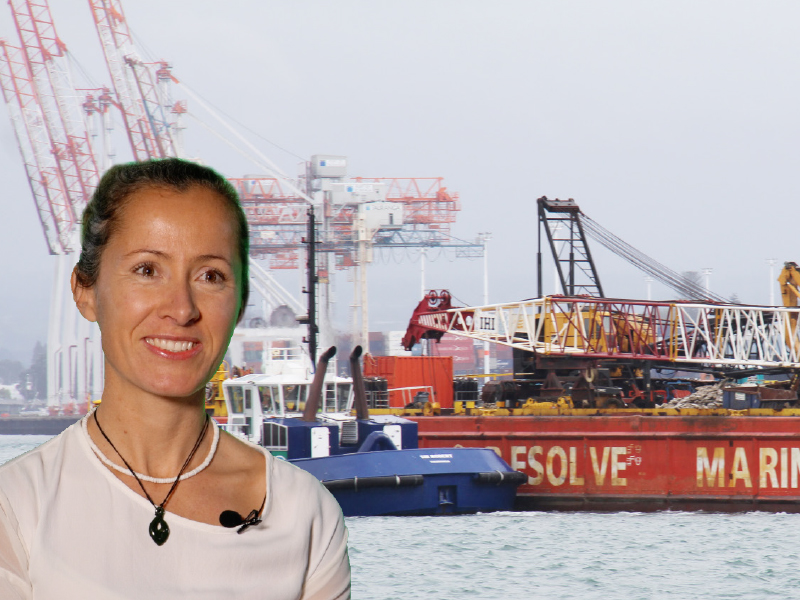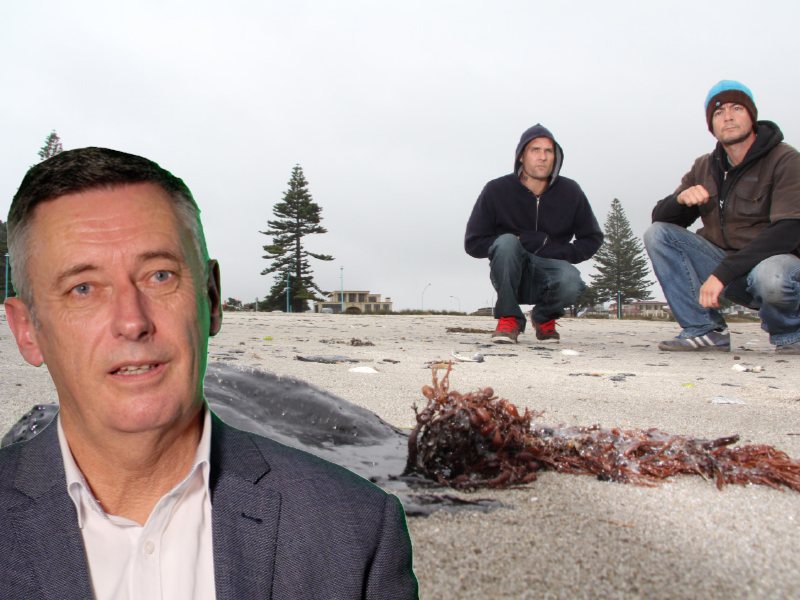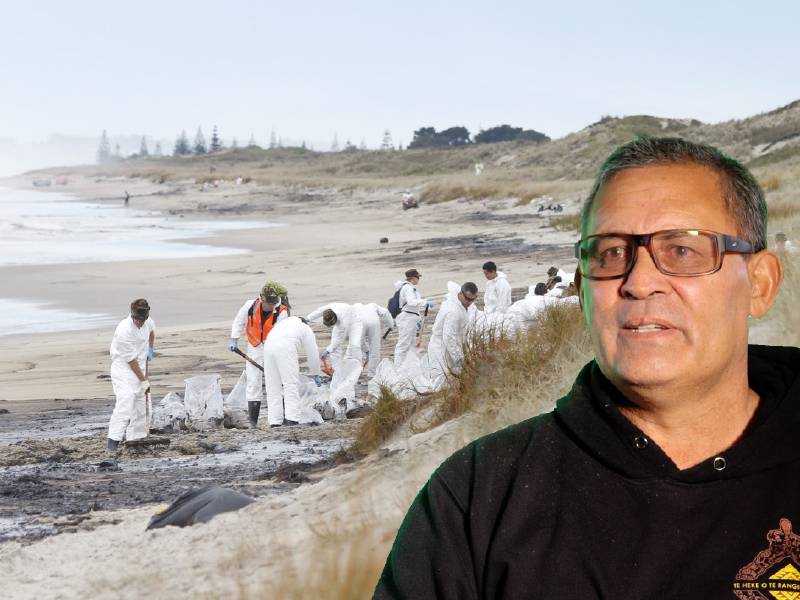
The Rena grounding has become known as New Zealand’s worst maritime environmental disaster. Early on the morning of October 5, 2011, the Cargo Vessel Rena struck Ōtaiti (Astrolabe Reef), about 12 nautical miles off the Tauranga coast in the Bay of Plenty, and grounded. As we approach the ten year anniversary, we look back at the stories that were told in the aftermath.
Rena photo exhibition
Marking ten years
An exhibition documenting the drama and tragedy of the grounding of the Rena is set to launch this month to mark the tenth anniversary of the disaster.
A collection of photos, taken by brothers Ross and Graeme Brown of Vision Media, will be on show in an outdoor display across October and November at Mount Maunganui and Tauranga city centre.
Ross and Graeme were commissioned by Maritime New Zealand to keep a photographic record of the disaster response back in 2011, and their photos and videos were subsequently seen by millions around the globe.
“It was an awesome experience to fly out there and record it photographically,” says Ross. “The idea of an exhibition came about to show a collection of photos all in one place that tells the story of the Rena.”
Ten years on, they began the task of shortlisting 400 from thousands of photographs, and finally selected 20 that will be displayed on billboards at Coronation Park from October 5-18.
The display will then switch to The Strand from October 19 to November 15. Each of the 20 boards is being sponsored by individuals, businesses and organisations.
“With the hundreds of images we’ve gone through, I think we’ve come up with some real gems,” says Graeme.
It is not surprising they ended up with so many images. What started out as two or three days’ work back in 2011 ended up being over four months. Things kept moving.
“The ship kept breaking up and all of the debris was arriving at different beaches around the Bay of Plenty,” recalls Graeme.
“Ross and I would drive to different locations to cover the event for Maritime New Zealand.”
Graeme’s first flight out to the Rena was with the Air Force.
“Even though there was a lot of disaster, the main thing about it for me was that there was no human life lost. Every day Ross and I would put out video footage and photos which were released by Maritime NZ, so everybody had access to them.
“I’ve never spent so much time in a helicopter before or in a big inflatable boat, getting out to the Rena and spending quite a lot of time just recording the cutting up and salvaging of it.”
Every day they covered more and more - the morning briefings, events, container recovery, beach clean-ups and visiting surrounding islands.
The exhibition includes stunning photos of containers teetering precariously, media at the incident control centre, hundreds of people wearing white overalls kneeling on the beach picking up oil, a little blue penguin being washed at the wildlife response centre, riggers balancing on top of containers, and the moment when the Rena broke in half.
There are also lighter and inspiring moments, like the release of penguins on Mount Main Beach, with the birds waddling around in various directions before finally taking off towards the water.
They also captured those poignant final moments before the remains of the Rena disappeared below the white foam on the reef.
“It was a life-changing experience,” says Ross.
